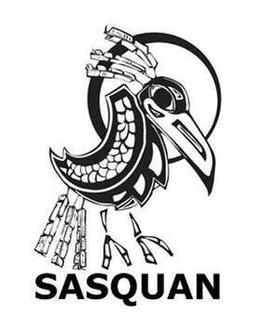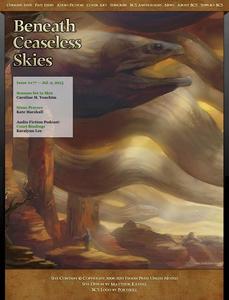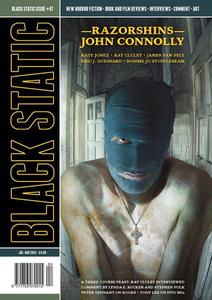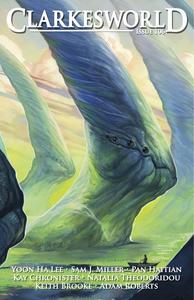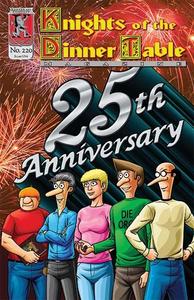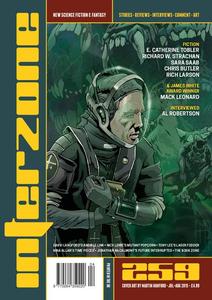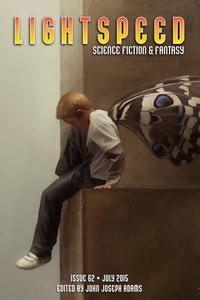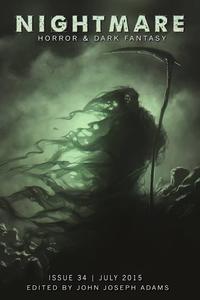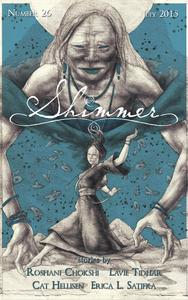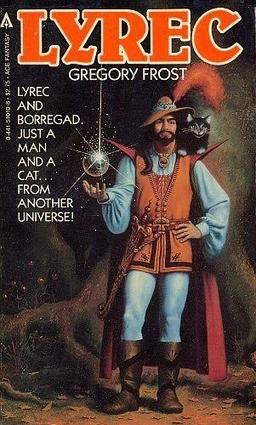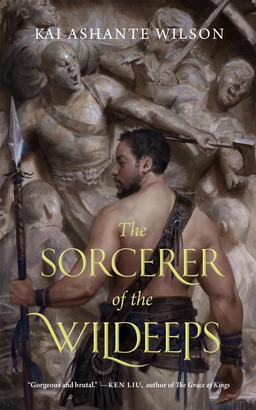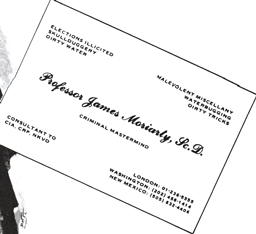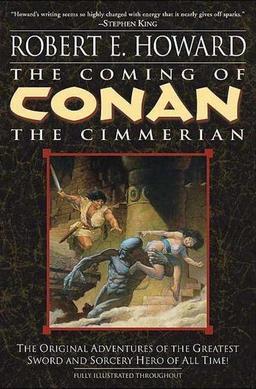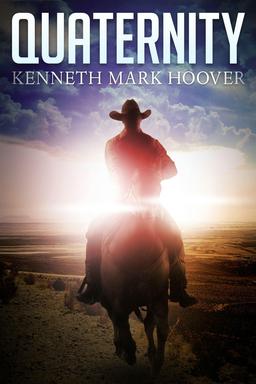New Treasures: The Year’s Best Science Fiction: Thirty-Second Annual Collection edited by Gardner Dozois
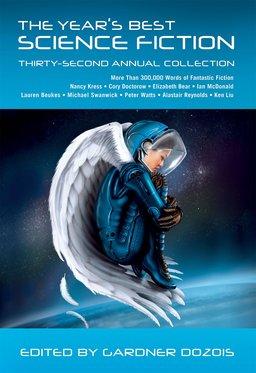 It’s always a mini-celebration in the O’Neill household when Dozois’ annual Year’s Best collection arrives.
It’s always a mini-celebration in the O’Neill household when Dozois’ annual Year’s Best collection arrives.
This year’s volume comes packed with the best short fiction of the year by Nancy Kress, James Patrick Kelly, Adam Roberts, Ken Liu, Robert Reed, Gareth L. Powell, Karl Schroeder, Rachel Swirsky, Alastair Reynolds, Ellen Klages, Michael Swanwick, Lauren Beukes, Peter Watts, Lavie Tidhar, Paolo Bachigalupi, Aliette de Bodard, and many others — over 600 pages of fiction, plus Gardner’s detailed summary of the very best of the year in books, magazines, movies, anthologies, collections, websites, and much more.
Gardner is usually a pretty fair predictor of the Hugo Awards, and I when the Hugo ballot arrived every year I could usually just open up his volume and read most of the nominees. Not this year. As most folks know, this year the Hugo ballot was hijacked by the Rabid Puppies campaign (and, to a much lesser extent, the much smaller Sad Puppy campaign).
None of the stories on the Hugo ballot this year was selected by Gardner for his Year’s Best (or for any other Best of the Year anthology that I’m aware of).
But fret not. Here’s your chance to see what magnificent tales could have been on the Hugo ballot this year — all assembled for you in one handsome package.
The complete table of contents for The Year’s Best Science Fiction: Thirty-Second Annual Collection follows.
